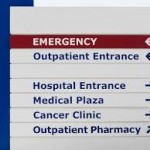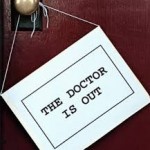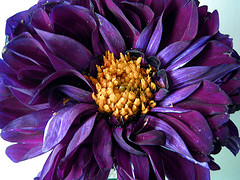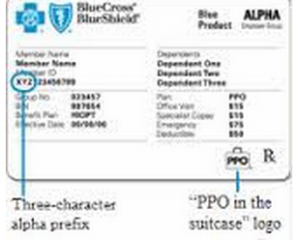By: Richard M. Kline Jr., M.D
My wife took me to the hospital at 6 a.m., and I sat in the preoperative waiting room with the other surgery patients. Eventually my name was called, and I was taken by a female technician to a room to be weighed. I wanted to say “NOT FAIR!” when she weighed me with clothes, shoes, and cell phone, but I realized it didn’t really matter. Next she took me to a private preoperative room, handed me a gown, and told me to take off “everything”, use the bathroom, and put on the gown. This was definitely unsettling, as I’m not used to taking off my clothes in front of strangers, but I realized I was going to have to comply if I was going to get through this. As I put on the gown, I couldn’t help but think about Jack Nicholson with his butt sticking out of his hospital gown in “Something’s Gotta Give.” After I had changed, the young lady returned, and directed me to lie on the stretcher. She then announced she had to “remove my hair,” and mentioned that others would be coming to check her work. I was a little surprised because plastic surgeons have learned that there is really no need to remove hair before surgery, but the last thing I wanted to do at this point was upset the routine. As I lay there trying to be calm while she trimmed my lower abdomen and groin with clippers, she chatted pleasantly, asking at one point if I wanted the “full Brazilian wax.” After she finished, her female supervisor came in, lifted my gown and inspected the job, then told her to trim another inch of hair off the bottom. After this was done, I got a short reprieve, after which a third woman came in and “checked my prep” again. At this point, I was starting to get over being inspected, and just wanted to move forward.
Another nurse, the self-proclaimed “i.v. specialist,” entered. She was very bubbly and chatty (perhaps even more so after I told her I was terrified of needles). She complained about me grinding my teeth when the local anesthetic went in my hand, but after that I didn’t even feel the i.v. catheter go in, which was a relief. At that point I thought I was safe, but then she pulled out a syringe, smiled, and said “Lovenox!” That needle went into the left side of my freshly prepped abdomen. I didn’t realize until then that Lovenox burns going in. Ouch.
At last I was prepped, and my wife was allowed in. What a relief to see her again! Soon the anesthesiologist came in to see me. I’d never met him, but I knew my wife worked with him frequently and thought highly of him. He was very calm and matter-of-fact, exactly what I wanted. The surgeon then entered for the final preoperative visit, confirmed the procedure, and marked the surgical site. He was calm and reassuring.
Before they wheeled me from the preoperative room to the operating room, they gave me a dose of i.v. Versed, to “take the edge off.” This was a good thing, as the process of being wheeled down to the O.R. in a stretcher was, for me anyway, surreal. I’m usually the one pushing people down these hallways – this was too weird! As the team wheeled me down the hall I said “this is a very different vantage point from down here,” and they all agreed. Once we got in the OR, they had me move myself from the stretcher onto the table. The oxygen mask went over my mouth and nose, and the last thing I remember was the slight burn of the Propofol anesthetic going into my hand and wrist. —Lights out—
(Part 3 of this series will post April 23)

 This week, James E. Craigie, MD, of The Center for Natural Breast Reconstruction answers your question.
This week, James E. Craigie, MD, of The Center for Natural Breast Reconstruction answers your question.

 This week, James E. Craigie, MD, of The Center for Natural Breast Reconstruction answers your question.
This week, James E. Craigie, MD, of The Center for Natural Breast Reconstruction answers your question. This week, Richard M. Kline, Jr., MD, of The Center for Natural Breast Reconstruction answers your question.
This week, Richard M. Kline, Jr., MD, of The Center for Natural Breast Reconstruction answers your question.








